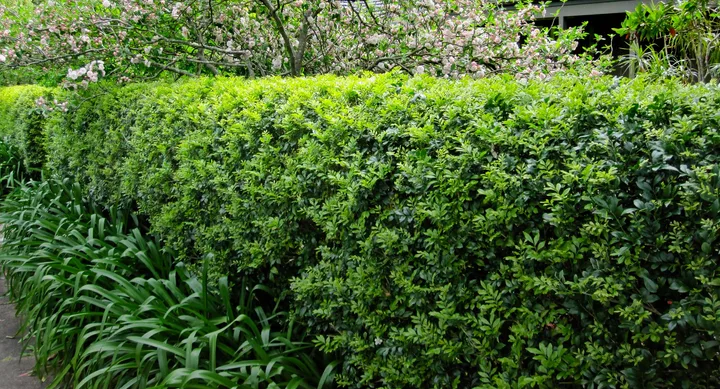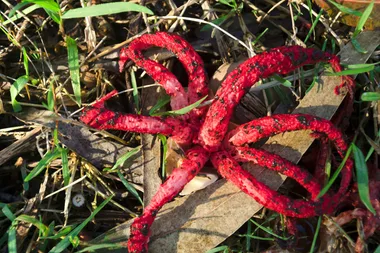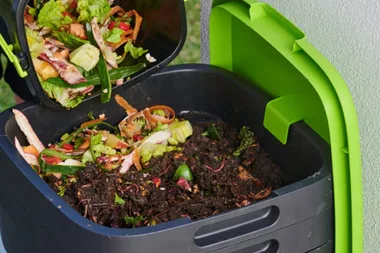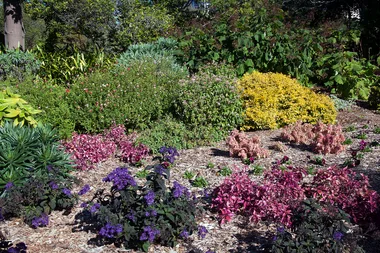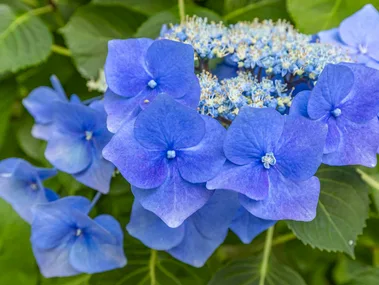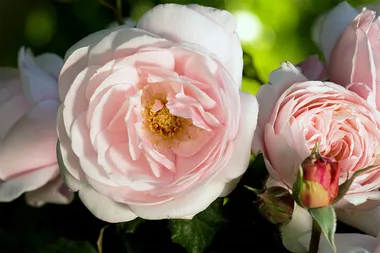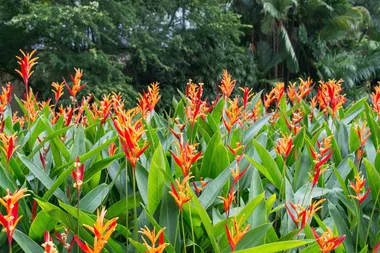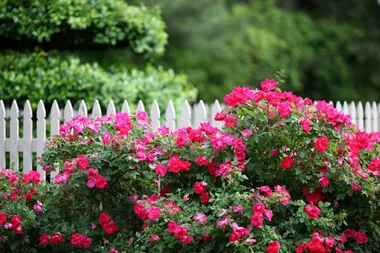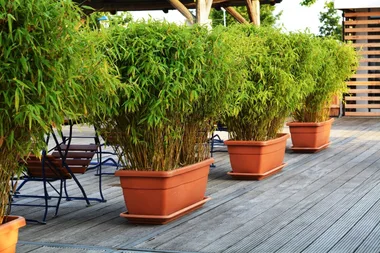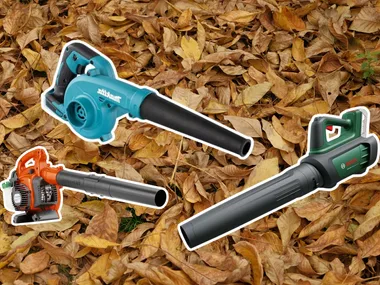Imagine a murraya hedge along a driveway. It used to be green and healthy but now it looks miserable – the leaves are yellow and growth is stunted.
It’s fed, watered and nurtured, but nothing seems to help. You’ve been told magnesium deficiency causes yellowing leaves, so Epsom salts were added to the soil, but to no avail. What’s the matter?
There is a solution! Murrayas are generally hard plants but there are a few things you can do to bring it back from the dead.

What to check
The leaves will start to yellow if they’re suffering from water and/or nutrient stress. You could also check the pH of the soil using a pH test kit, but unless the result shows your soil to be either strongly acidic or strongly alkaline, this is unlikely to be the problem. A soil pH that’s mildly acidic to neutral (pH 5-7) is suitable for growing most plants. If your soil pH isn’t the issue, it’s likely your soil is hydrophobic. ‘
This usually happens when organic matter in soil breaks down and leaves a waxy coating on soil particles. The coating repels water so, no matter how much you water, the soil (and therefore the plant) just can’t absorb it. But don’t stress, you don’t need to dig up the soil and replace it – there are a few things you can do.
What to do
1. First, apply a wetting agent, which acts like a detergent and helps break down the waxy surface, allowing water to reach the root zone. They come in granular and liquid forms, and are available from nurseries and hardware stores.
2. Apply according to manufacturer’s instructions, water in well and don’t disturb the soil for a few days.
3. Then, once the wetting agent has settled, you can further improve the soil condition by applying an organic food such as blood and bone or well-composted cow manure. This will improve soil structure and water retention, while also encouraging beneficial microbes.
4. Cover with a layer of organic mulch such as lucerne. This helps retain moisture and enriches the soil as it breaks down.
5. For a final boost of nutrients, water in a seaweed tonic such as Seasol or Amgrow Organix Harvest.
For ongoing care, feed once or twice a year with a slow-release fertiliser and regularly top up mulch.

You may also like
Spring tips to revive your lawn
